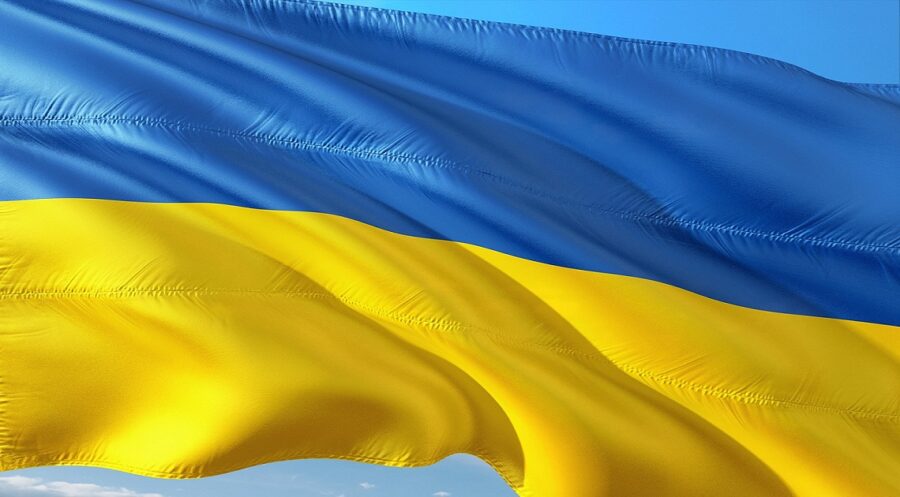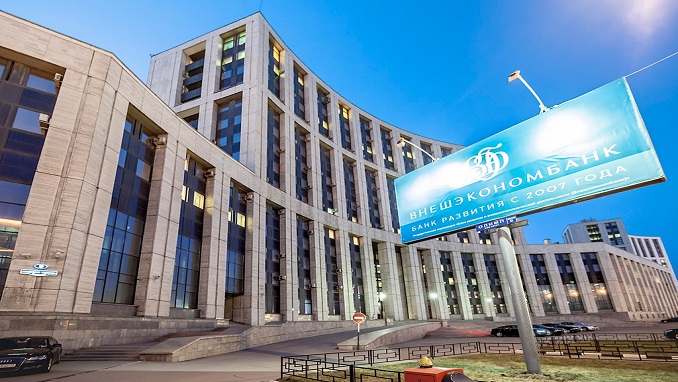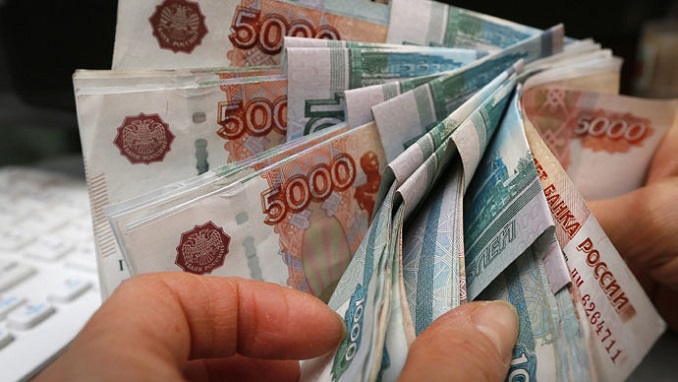The GBV SC increased coordination efforts in 2022 to provide partner organizations with ongoing strategic direction and technical leadership on GBViE prevention and response throughout the humanitarian cycle, a press release states.
Support was primarily given through the identification and closure of pervasive gaps in the provision of basic services, access to life-saving information on GBV risk, services, and preventive action, training frontline staff in the provision of high-quality services, advocacy with donors, and improved coordination with regional governments.
The GBV SC built and made accessible the Activity Info Interactive Dashboard to monitor delivery progress.
By the end of 2022, 48 partner groups reported having reached 410,000 survivors and those at high risk of GBV, including vulnerable internally displaced people, people who had returned to war-torn areas, and people who remained in the zones where military hostilities were still occurring.
The Generic GBV Referral Pathway for Ukraine was approved by the GBV SC partners in July 2022, and the conflict-related sexual violence advice was created and made available in both English and Ukrainian.
Several topic meetings have been scheduled to discuss cash in GBV risk prevention and mitigation in communal centers, advocate for GBV safety audits, discuss the needs of male survivors of sexual violence, GBV IMS+, and guide on cash in GBV prevention and response.
The GBV SC created the 2023 Humanitarian Needs Overview and 2023 Humanitarian Response Plan as part of the modification of Flash Appeal 2022.
The Secondary Data Evaluation and the Collection of GBV Resources and Materials that may Assist GBV Humanitarian Response to Ukraine Crisis were established with the assistance of the Global GBV AoR Help Desk.
The joint GBV/CVA Task Force was operative from March to August and produced the GBV Risk Analysis for Cash and Voucher Aid in Ukraine, taking into account the scope and significance of CVA in Ukraine.



